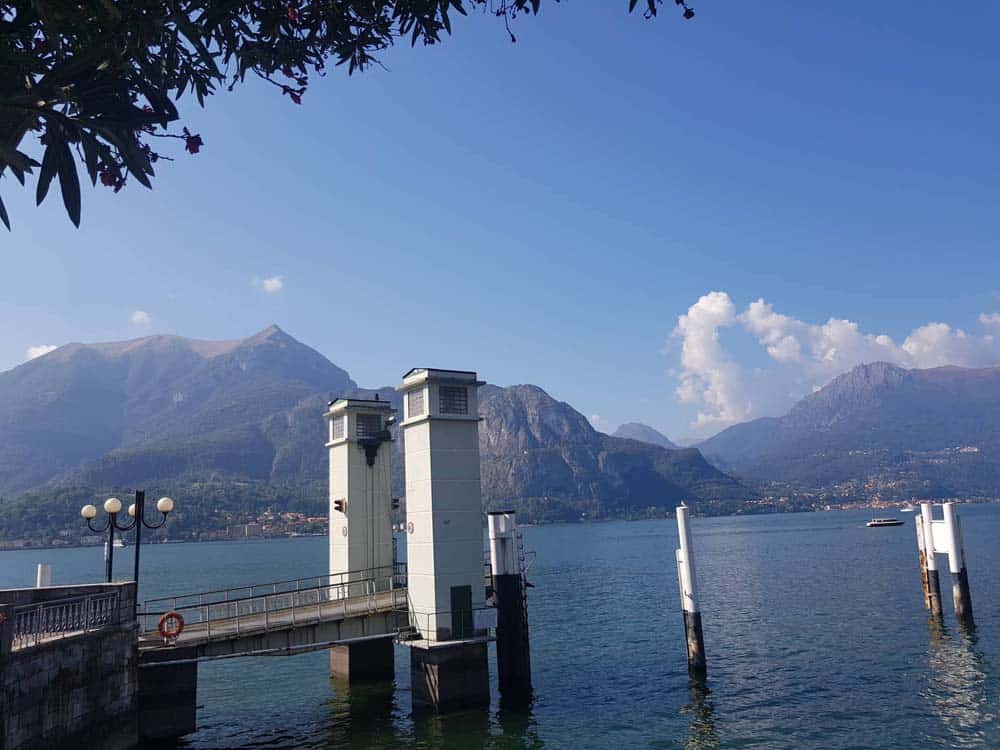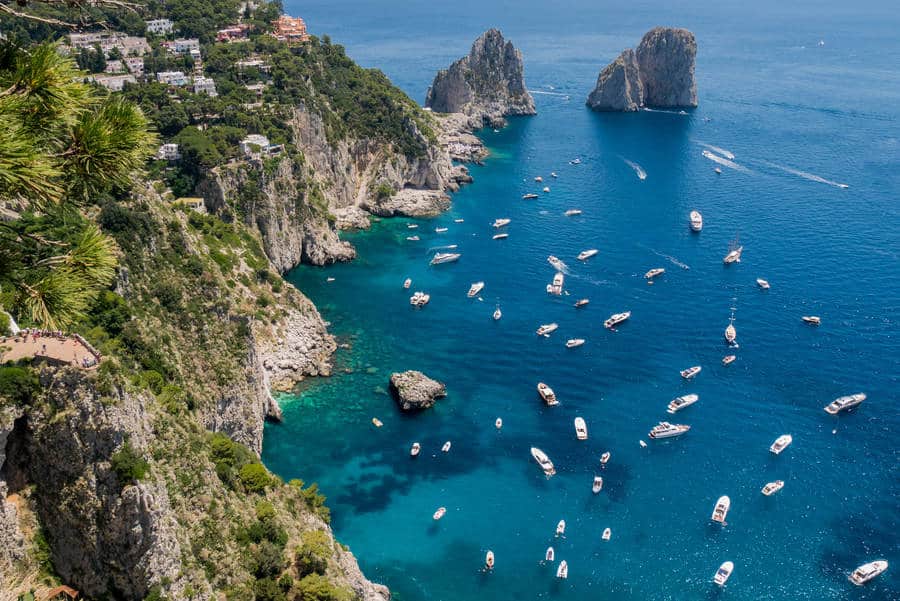Alessandro Siniscalchi’s tailor shop is located at the bottom of one of the passages off Viale Vittorio Venetto in downtown Milan.
Since I dress in “souvenir” shops, as my children like to point out, I decided to pay a visit to one of the greatest tailors in Europe after a friend of mine, Acke Djordjevic recommended it. Acke regularly brings Alessandro and many other renowned craftsmen to his events in Belgrade. The old master took my measurements for a shirt and I told him that my friend Acke would pick it up once he gets to Milan.
“No, no, you have to come to two fittings first”, Alessandro replied. At that moment, I remembered my granpa Djeno who worked as a tailor in Bač for an incredible 68 years. He was only 13 when he was made an apprentice and he remained a tailor until he died, at the age of 81. And yes, he also made people come in for fittings. But what do we, who wear Malaga, Laos and Sorrento T-shirts, know about fittings!
It was Alessandro’s father who opened the tailor shop back in 1948, and since then, they have been making shirts for clients from all over Europe. Rolls of fabrics, tailoring measuring tapes, a little notebook in which maestro jogs down the measurements, and mannequins dressed in suits are all a part of the ambiance of an old world that is dying out.
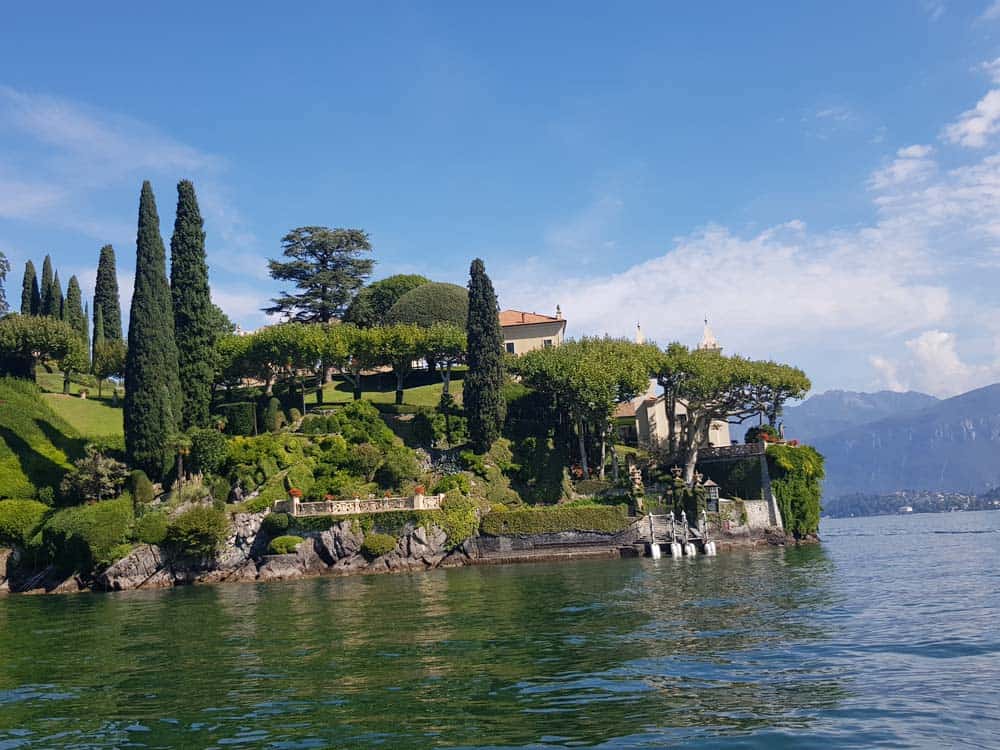
The one-day trip to Lake Como started in the eponymous town which huge 14th-century-cathedral can compete with those in big cities. Although, it was Wednesday, an ordinary working day, I was a witness to a scene that is rarely seen in today’s Italy and in most of the old Catholic countries in Europe – in front of the confession booths, there were queues of believers, patiently waiting to confess their sins to their priest. Should I deduce that the Italians are making a religious comeback, or do they have a subjective feeling that they have been sinning a lot? It remains to be seen.
Five years ago, I visited the little town of Salo, situated on the shores of Lake Garda. From 1943 to 1945, Salo was the capital of Mussolini’s Repubblica Sociale Italiana, the puppet state, supervised by Germany and formed after the fall of Italy.
Here, on the shores of Lake Como, in the town called Giulino, on 28th April 1945, Il Duce was arrested and executed. Benito Mussolini was arrested together with his mistress Claretta Petracci when, in disguise, he tried to escape to Switzerland. They were both executed, mercilessly tortured and left to hang upside down, half naked, in a square in Milan. The romantic ambiance and medieval-style torture have been frequently coupled throughout Italian history. Recently, I watched a TV series called Trust which depicts the kidnapping of the grandson of John Paul Getty, the wealthiest man in the world at that time, which took place in Italy, in 1973. The series is brimming with scenes of cruelty like “throwing the traitors” off the high walls of one of the old Roman buildings which is “tall enough to kill you but low enough not to give you an instantaneous death; rather leave you suffering for hours from the pain of broken bones”. I guess that’s how the Appenine’s La Grande Belezza is made. To this end, I would like to paraphrase a line from Orson Welles’ film “The Third Man”: “In Italy, for 30 years under the Borgias, they had wars, terror, murder and bloodshed, but they produced Michelangelo, Leonardo da Vinci and Renaissance. In Switzerland, they had brotherly love and had five hundred years of democracy and peace, and what did that produce? The cuckoo clock!”
Lake Como is a proof enough that you don’t have to have a coastline to draw in the rich and famous. The lake is reminiscent of one of our lakes – Palić back in the day, which could become like Lake Como again. Every several hundred metres or so, you come across incredibly beutiful towns, churches, George Clooney’s mansion, Richard Branson’s mansion, villas owned by the Guinness, Heinz and Pirelli families…
While I am siping on locally produced wine while eating my Caprese salad and Parmigiana in a small restaurant in a square in the town of Bellagio, situated on the shores of Lake Como, there is a young Romanian guy just next to the outdoor dining area, masterfully playing his guitar. Several tourists approach him, asking him where he is performing tonight and wanting to buy his CD. In a bar in Varenna, on the other side of the lake, a waiter of African origin brings me my coffee and WiFi password. This multicultural image of the new Italy is not to everyone’s liking.
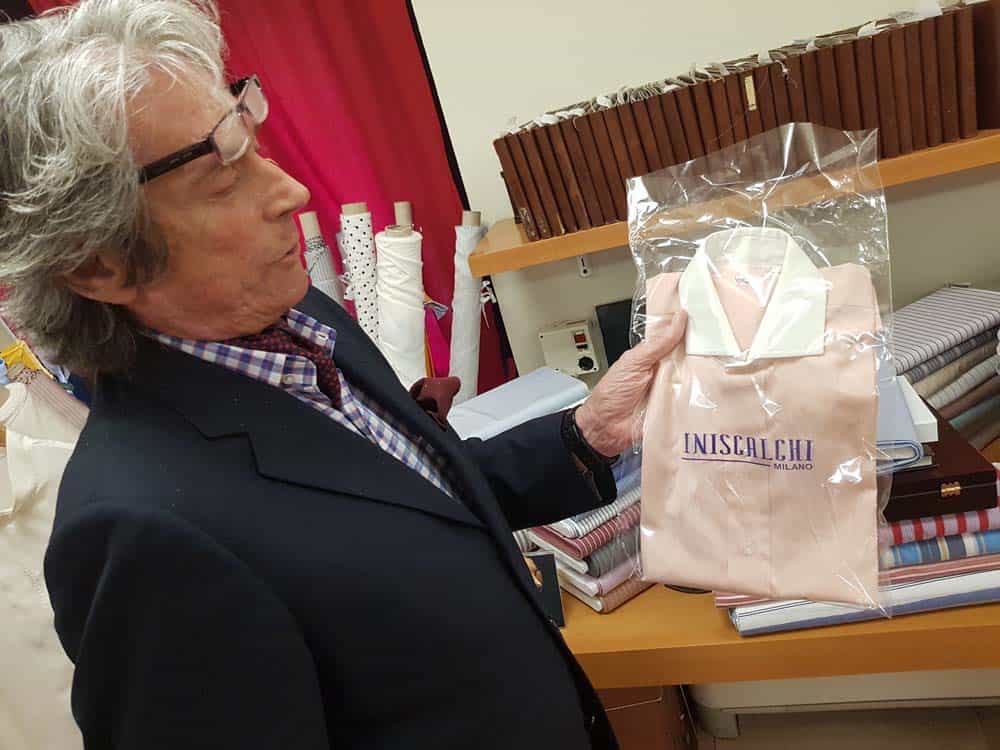
“Several days ago, a judge acquitted an immigrant from Africa who had raped an Italian woman, saying that such behaviour is considered normal in the perpetrator’s country”, a taxi driver, who drove me from Mondadori’s building on the outskirts of Milan, said in an angry voice. “If someone were to even touch my daughter, I would explode”, he said and added:”We obviously need another Mussolini or Putin to bring some order in here.” After only several minutes into the drive, it became obvious that populist right wing was in power in Italy.
At that time, Palazzo Mondadori, a huge corporate building of one of the biggest media companies in Italy (owned by Berlusconi), was hosting a conference marking the 80th anniversary of the woman’s magazine Grazia which is successfully published in 20 countries around the world. The walls in the building’s hallways are adorned by the photographs depicting the history of this company which was founded by Arnoldo Mondadori in 1907, when he was only 18 years old. The photographs show Arnoldo and Ernest Hemingway, Arnoldo and Thomas Mann, Arnoldo and D’Anuncio…
Apart from the speeches given by the company’s CEO, Ernesto Mauri and the celebrated, long-standing editor-in-chief of Grazia magazine, Carla Vanni, it was especially interesting to hear the conversation with the members of three generations of the Missoni family whose fashion brand is one of the very few that is still family owned. Rosita Missoni (age 86) spoke about meeting her husband, Ottavio at the Olympic Games in London in 1948 when he competed in the finals of the men’s hurdles at the Wembley Stadium. Being a fast runner was not enough to save him from being captured by the British a few years later. Ottavio became a prisoner of war after the defeat of Mussolini’s Italy near El Alamein.
Born in Dubrovnik, from an Italian father and Croatian mother Tereza, who was from the noble family of Vidović, Ottavio perfectly spoke Croatian. Apart from Rosita, her daughter and grandson also spoke on the conference stage. All three are working for the family company, further developing this 65-year-old brand and resolving their business disagreements in the typically Italian way – at the dinner table.
Last week was also all about the Milan Fashion Week, and the city was quite crowded wherever you went – the streets were swamped with models, fashion designers, photographers, fashion business people… Our host organized the glamorous celebration of Grazia’s 80th anniversary in the spectacular ambiance of Rottonda Della Besana which lawn was occupied by the entire fashion jet set from Milan and Europe, along with us – the publishers of the magazine from 20 world countries, from Pakistan to Croatia. The women in stilettos had a tough time making it across the lawn and their strut became even more unstable after a few glasses of Prosecco. When we went back to our hotel, most of the guests sat down wherever they could.
On the same night, in Belgrade, FC Red Star and FC Napoli drew 0-0, and we, with the little help of Dejan Stanković, watched the game between FC Inter and FC Tottenham at Milan’s San Siro Stadium. For someone who does not frequent football games that much, I was impressed how the fans of both teams behaved, and also by the size and the look of the stadium, the cleanliness, and the imaginative commercialization of every corner. My co-worker, Biljana, who went with us, had the opportunity to meet Massimo Moratti, the famous president of Inter from 1995 to 2013. Moratti is also an oil magnate, with the personal wealth of $1.7 billion and one of the richest men in Europe.
The only problem with San Siro was that, after the game, it is impossible to find a taxi in a few kilometre radius, with tens of thousands of spectators usually heading to the single subway station nearby. If you did not come to the stadium with a Vespa, which most of the spectators, both young and old, usually do then your only option is to walk for an hour until a first taxi stop. But, we quickly forgot about our tiredness when we had Burrata, pork with rosemary and wine in the Brera quarter. The entire experience was made even better by a young female opera singer, who looked Russian and who flawlessly sang Puccini and Verdi’s arias in the street across the restaurant’s patio.
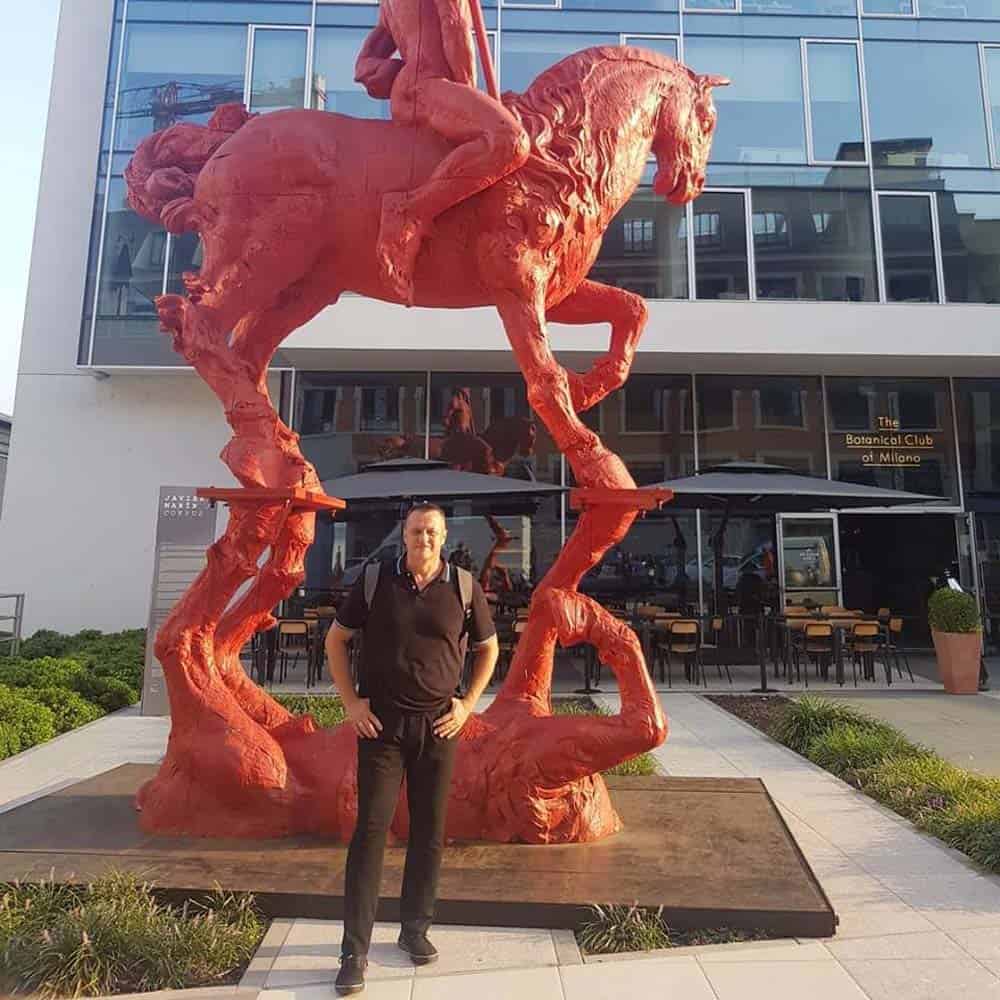
The next day, we had lunch at the A Santa Lucia restaurant with Mondadori’s international managing director, Sandra Gotelli. This probably the best Neapolitan restaurant in northern Italy was founded amidst the 1929 economic crisis. For many years, this was the only restaurant that was opened after the concerts and plays at La Scala finished. The list of the famous guests who dined at the restaurant goes on and on with the photographs, hanged on the restaurant’s walls, as a proof – there are Thomas Mann, Toto Cutugno, Yves Montand, Harry Belafonte, Frank Sinatra, Liza Minnelli, Placido Domingo, Marcello Mastroianni and Maria Callas, to mention just a few.
The perfect Burrata, big grilled juicy mushrooms and Neapolitan cuttlefish in tomato sauce were accompanied by the local white wine. In search of the traditionally bad WiFi, I stumbled across a network called “Maja on a Business Trip”. As it turned out, these were actually the Belgrade representatives of the Max Mara brand who, just like thousands of people from other countries, came to Milan for the fashion week.
I left the visit to MUDEC (Museo della Cultura) as the last thing to do during my stay in Milan. The museum is currently hosting an interactive multi-media exhibition about the famous Italian / Jewish artist, Amedeo Modigliani. The museum is located in the same quarter where the fashion shows of the Milan Fashion Week took place and it was a real lottery to find a taxi in the afternoon there. We barely made it to the airport on time.
“If our entire planet consisted only of the Mediterranean, that would suffice for me”, I wrote recently. To continue on the same topic, I would also like to say that if somebody told me to pick just one country to visit until the day I die, without a slightest doubt I would say Italy – the country that has two ministries of culture (one for contemporary production and one for preservation of cultural heritage) and which was simply made for shopping wherever you go. They have everything – Sorrento, Capri, Positano and Amalfi, if you want to vacation at the old-school Mediterranean, big cities like Rome and Milan, skiing at the Dolomites, the magical Venice, the endless vineyards of Tuscany and Umbria, Cinque Terre, Sicily, Sardinia, Calabria, lakes like Como, Garda and Maggiore, Verona, Pisa, Florence and Ravenna, Matera which looks like Jerusalem during the time of Jesus Christ and is next year’s European Capital of Culture… I don’t even have to mention the food, wine, football, fashion, beautiful women, history, Michelangelo, Caravaggio, Leonardo da Vinci, Modigliani, antique, renaissance, baroque and contemporary art… In an exalting conclusion, I would just like to say that we are fortunate to live just an hour and a half away from the world’s most beautiful country.

Rođen 27.7.1968. u Baču (Vojvodina, Srbija). Srednju školu završio u Bačkoj Palanci, Pravni fakultet studirao u Novom Sadu. Od 1990. radi kao novinar – u početku kao novosadski dopisnik beogradskih “Večernjih novosti”; zagrebačke “Arene”, sarajevskih “Naših dana”. Sarađuje i u magazinima “Vreme” i “Stav”.
1992. sa grupom studenata obnavlja izlaženje studentskog mesečnika “Index”. Posle dva broja sledi smena celokupne redakcije i pokretanje magazina “Nezavisi Index” koji će kasnije 1993. promeniti ime u “Svet” iz kojeg je nastala izdavačka kuća Color Press Grupa.
Danas na čelu Color Press Grupe najvećeg izdavača magazina u regionu sa kompanijama u svih 6 republika – 110 magazina, 25 internet portala i preko 80 konferencija i festivala godišnje.
U porfoliju kompanije pored domaćih (poput magazina “Lepota i zdravlje”, “Svet”, “Pošalji recept”, “Lekovito bilje” itd) nalaze se i brojni licencni brendovi: “The Economist”, “Hello!”, “Gloria”, “Story”, “Star”, “Lisa Moj stan”, “Hausbau”, “Brava Casa”, “Bravo”, “Alan Ford”, “Grazia”, “La Cucina Italiana”, “Auto Bild” i brojni drugi.
